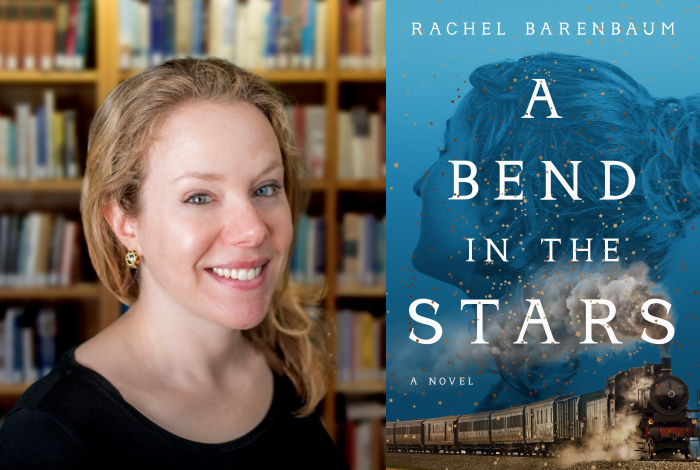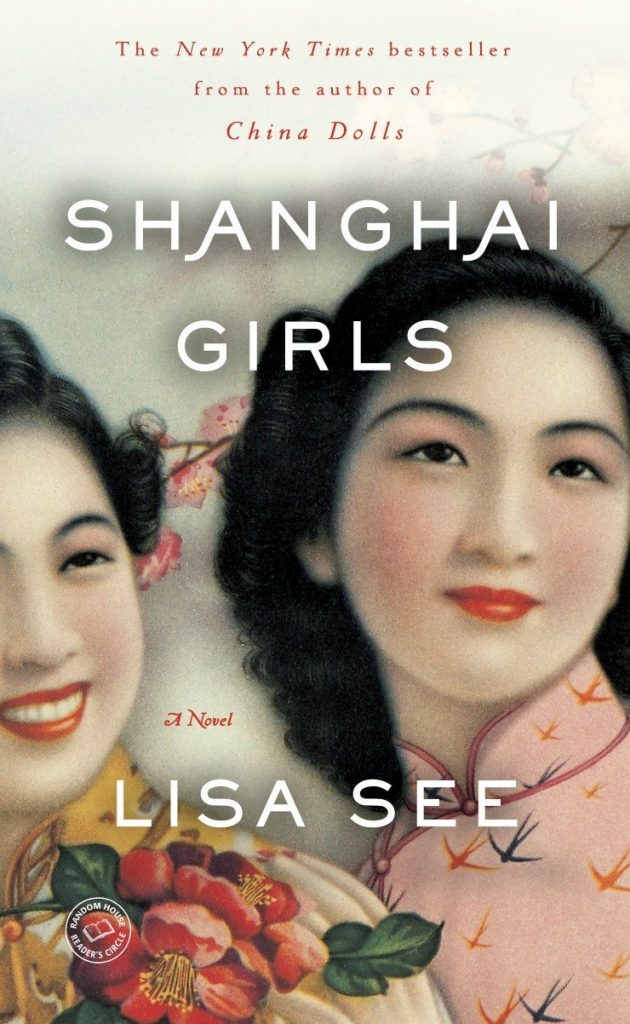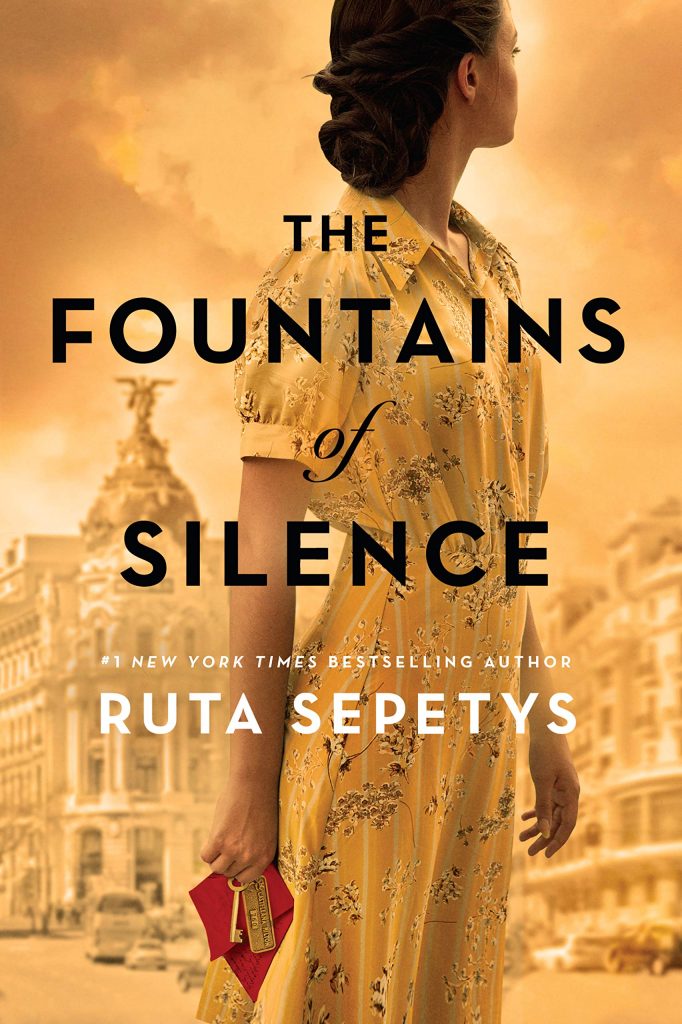Writing History
Andi Smith // Blog Writer

Rachel Barenbaum, author of A Bend in the Stars, told me that she wanted to be able to see her characters’ worlds as well as they did: “If they’re on a dock, I want to know what it smells like, what they’re seeing.” That’s easy enough to do when you’re writing about a place that you can visit for yourself; sometimes, though, the only way you’re going to know exactly what your characters are seeing is by using a time machine. Barenbaum’s book, set in 1914 Russia, is influenced by Einstein’s historic journey to prove relativity; naturally, when writing about such a topic in the twenty-first century, any first-hand accounts of the book’s events could only be found in archives or diaries, not people’s minds.
Historical fiction requires more research than likely any other genre of fiction, and starting that process isn’t easy. But here’s a tip you probably didn’t hear from your teachers in high school: start with Wikipedia. Begin with the sources the editors link at the bottom of the page: use the sources those sources list. You may not find the exact answer you’re looking for, but you’re certain to find something that will be able to help you answer your question in a different way.
Lisa See, bestselling author of books such as Shanghai Girls, says that she often visits the places she writes about in person. The time periods of her work range from eras hundreds of years ago to the modern age, all set in East Asia or America. See meets the people who remember the events in her stories and tries to learn everything she can about the cultures, often through food. Ruta Sepetys—author of The Fountains of Silence, a young adult novel set under Francisco Franco’s dictatorship in 1950s Spain—does much the same. But if you’re just starting out writing historical fiction, you might not have the funds to travel to a far-off country and absorb its culture. What to do instead?
- Read works of fiction set in the time and place you’re researching, both from contemporary writers and from writers who lived through it.
- Learn how people described what you’ll be describing: places, people, senses, etc.
- Look for photographic records of events. Old newspapers work wonders if you need to establish a timeline, see pictures of an event, or even learn what kind of ads were running during a time period.
- Look through the indexes of books about the time period to gain more sources.
- Ask historians and researchers for any advice or about any further inquiries you have.
Readers will want to question everything. They may read your work and want to learn more about your subject, meaning they might set out to come across their own information. Hopefully, if you do yours well enough, their research won’t contradict your own. But chances are, if you look as hard as you can and can’t find anything, then your readers won’t, either—the mark of a thoroughly investigated work of fiction.


